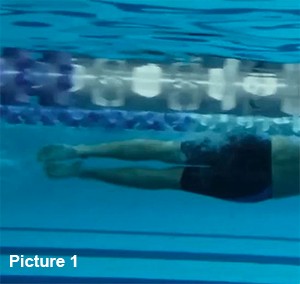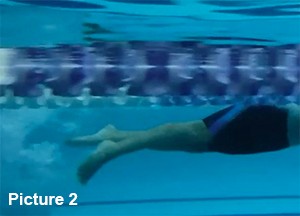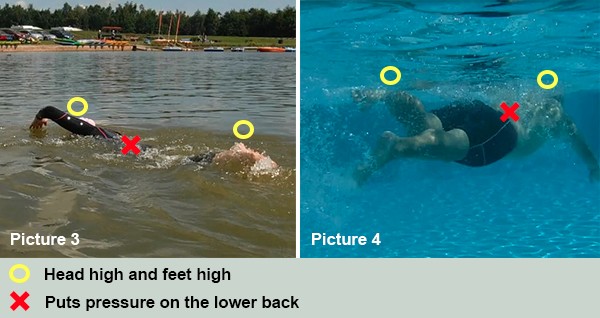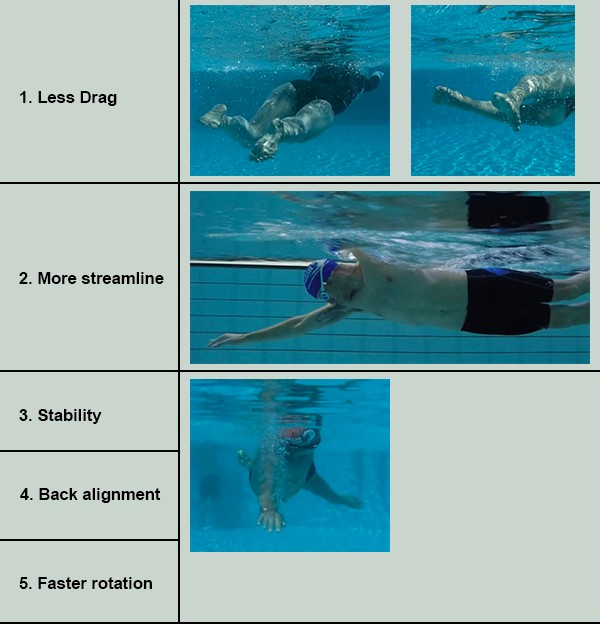To kick or not to kick? That is the question! Using the Ocean Walker Technique you can get the maximum from hip rotation rather than all out kicking power, says Adam Walker.
I remember as a child at my local swimming club I would dread the kicking sessions. Holding the float in front and kicking like mad until you felt like your legs would drop off. The effort on top of the water was considerable without using my arms and yet I was less than half the speed.
According to stats you can use up to 70% of your body’s energy by kicking but this doesn’t provide you with the same benefit. If you are in a very short sprint race, the kick can certainly add to your speed depending on the power.
However, for longer distance sustaining a powerful kick throughout would almost certainly come at a price of reducing your energy and tiring faster. So you have to ask yourself is it worth the constant kicking for the short term gain in speed and for the effects it would have on stamina later on?
For events such as triathlon, ironman and channel swimming, further stamina is a key factor, so it is important to operate your body as economically as possible and ensure you don’t burn out too early and can’t finish the race or event.
How does the kick work with the Ocean Walker Technique?

The Ocean Walker Technique is powered by momentum generated from hip rotation. The speed from rotation in conjunction with the pull is what creates the glide. In order to increase the speed of the hips you utilise the kick or in this case foot flick to fire the hip around with speed.
It is a two beat kick using the opposite leg to the hip that is dropping in order to assist hip rotation as quickly and efficiently as possible. This creates a corkscrew like motion with the aim of cutting through the water with streamlined efficiency, similar to a fish or Dolphin.
Use kick for rotation and not for power

The flick is rather like kicking a sock off. The foot snaps downwards after an initial drop of the hip (top oblique) to start the movement and fires the hip around with power to create the momentum. The hip can also be initiated by turning the feet inwards.
Picture 2 - Kick has assisted rotation and foot going back to join the other.
It is important to have minimal bend of the leg to reduce drag and also to ensure the timing of the flick is not delayed in the process of the hip drop, kick and pull.
Lifting the leg upwards in order to then power downwards is a common mistake with swimmers ankles occasionally coming out of the water. Not only does it slow the movement, but can also create an arch in the back.

The aim is to have your hip up at the surface (being on your side) and legs together just under the water before the foot powers down. Keep feet and ankles together throughout and when you kick downwards ensure you bring feet back together for the final part of the rotation. Throughout the feet want to be as close to each other as possible.
Top 5 reasons why you should keep your feet together















